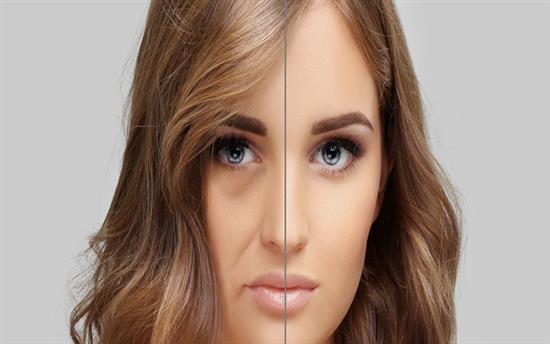
|
|
Facial Fat Transfer and Facelift
> See article
|

|
|
Combining Facelift and Fat Grafting together
> See article
|

|
|
The latest and most advanced facelift techniques from Miami
> See article
|

